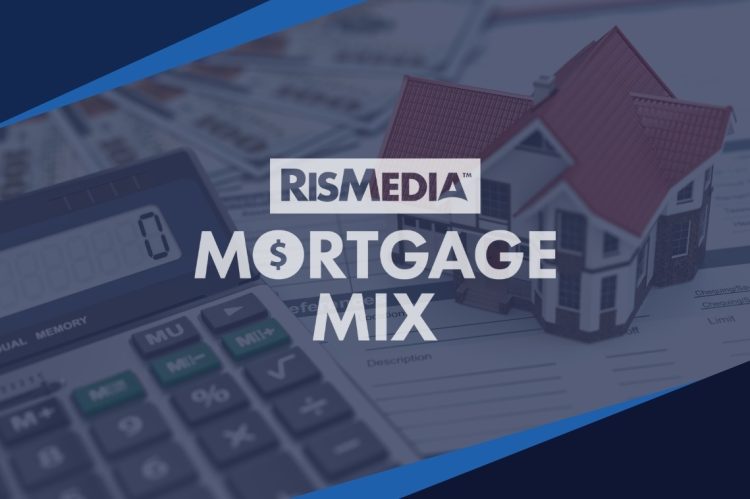Editor’s Note: The Mortgage Mix is RISMedia’s biweekly highlight reel of need-to-know mortgage-industry happenings. Watch for it every other Friday afternoon.
– The Homebuyers Privacy Protection Act (H.R. 2808), a bill aimed at curbing the controversial practice of selling mortgage “trigger leads,” was officially signed into law Sept. 5 by President Trump. The bill reforms the practice where after a lender makes a credit inquiry, a crediting reporting agency can sell the consumer’s information to third parties without their knowledge, which can result in spam marketing.
The bipartisan bill, which made its way through the House and Senate earlier this year, was primarily authored by U.S. Representatives John Rose (R-TN) and Ritchie Torres (D-NY) in the House, with Senators Jack Reed (D-RI) and Bill Hagerty (R-TN) sponsoring the Senate version of the bill. The newly signed law will give prospective homebuyers more control over their personal information and crackdown on unfair and deceptive lending practices. Mortgage Bankers Association President and CEO Bob Broeksmit said the passing of the bill represents a “major victory” for both borrowers and the mortgage professionals who serve them.
“This new law is a major victory for mortgage borrowers that will protect them from the barrage of unwanted calls, texts and emails they too often received immediately after applying for a mortgage. It will create a more efficient, responsible and respectful home-buying process.”
The new bill goes into effect on March 5, 2026.
– New Census Bureau data examined this week by the Washington Post paints a vivid picture of the growing financial burden of finding and affording a home in the United States. According to the report, the increases in both rental and homeownership costs can be traced to two main factors. First, mortgage rates started to soar in 2022, reaching their highest levels in decades. While the Federal Reserve started to cut interest rates last year, mortgage rates remain high. Second, housing supply remains limited in many parts of the U.S., the American Community Survey found. The Post story noted rising home-insurance premiums and homeowners association fees have also contributed to growing monthly expenses, with the median annual cost of property insurance increasing by 5.3% last year, with bigger increases for larger homes. Read more about the Census Bureau’s American Community Survey here.
– Earlier this week, the Mortgage Bankers Association’s (MBA) weekly mortgage applications tracker showed an increase in volume, breaking a downward streak following the average 30-year fixed mortgage rate hitting an 11-month low of 6.50% last week. This week rates continued to fall, with the same rate falling another 15 basis points from the previous week to 6.35%, the largest weekly drop in the past year, according to MBA. With recent poor jobs reports and an interest-rate cut likely next week by the Federal Reserve, experts say mortgage rates could follow a continued downward trend.
– A new report out this past week by The Neighbors Bank examined the future for buyers who are considering refinancing, along with comparing 15-year mortgage holders to 30-year mortgage holders.
The report found that most buyers would need a rate decrease around 0.75 percentage points to see any real savings from refinancing their mortgage at around $2,396, and be able to break even within three years.
When looking at 30-year terms, researchers at Neighbors Bank found that buyers would be losing out if mortgage rates fell only 0.25 or 0.5 percentage points. If rate reduction only fell 0.25 points, then they’d be losing around $2,424 and break even between five or six years.
Were the rate to fall a whole percentage point, homeowners would be able to break even in less than two years and gain $4,764 in savings.
“Based on our analysis, waiting for a modest rate drop may not pay off quickly enough to justify delaying a home purchase. Our data indicates that only rate cuts of roughly 0.6 percentage points or more offer meaningful savings within a reasonable timeframe for typical 2025 buyers,” the report states.












